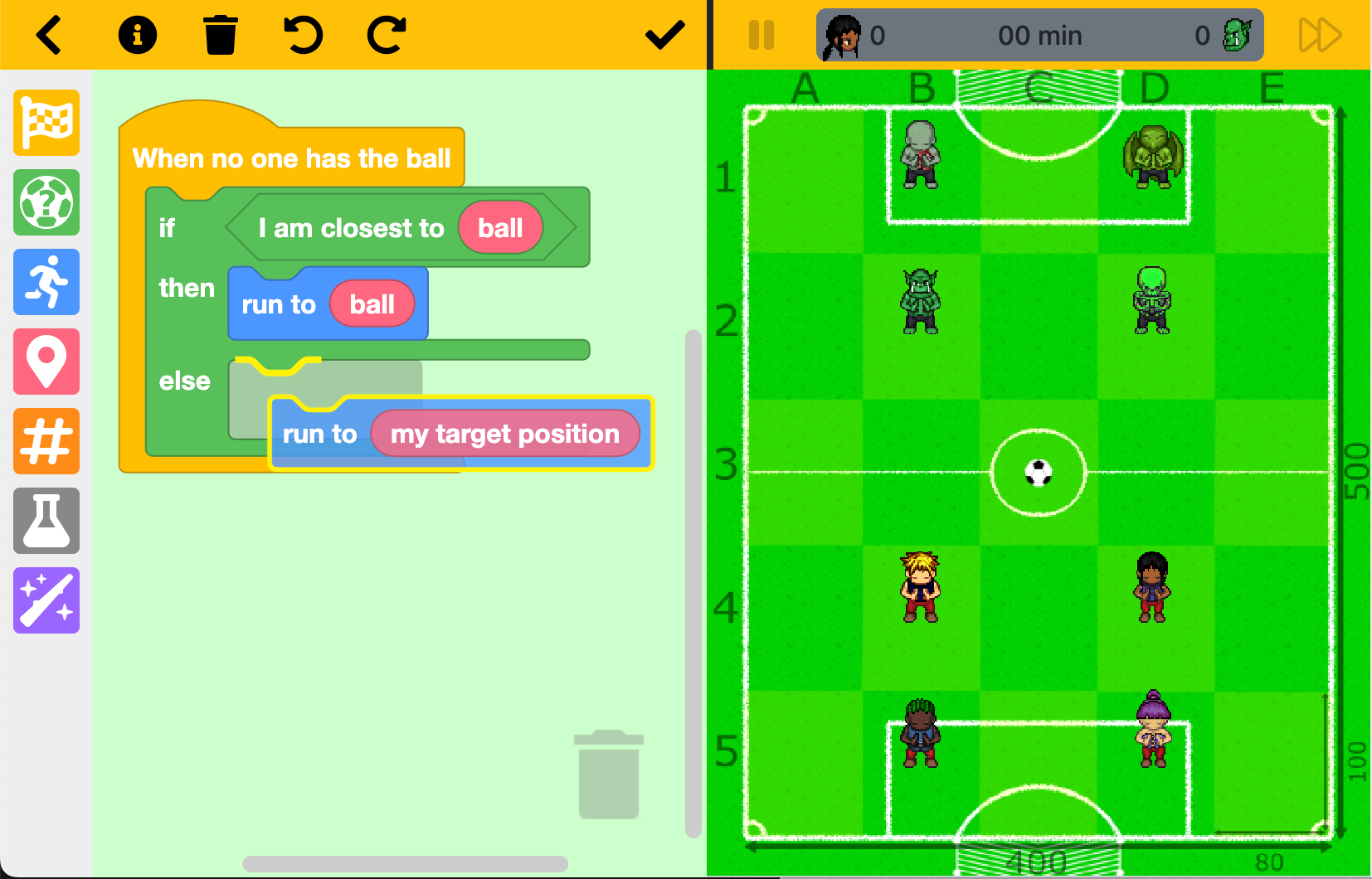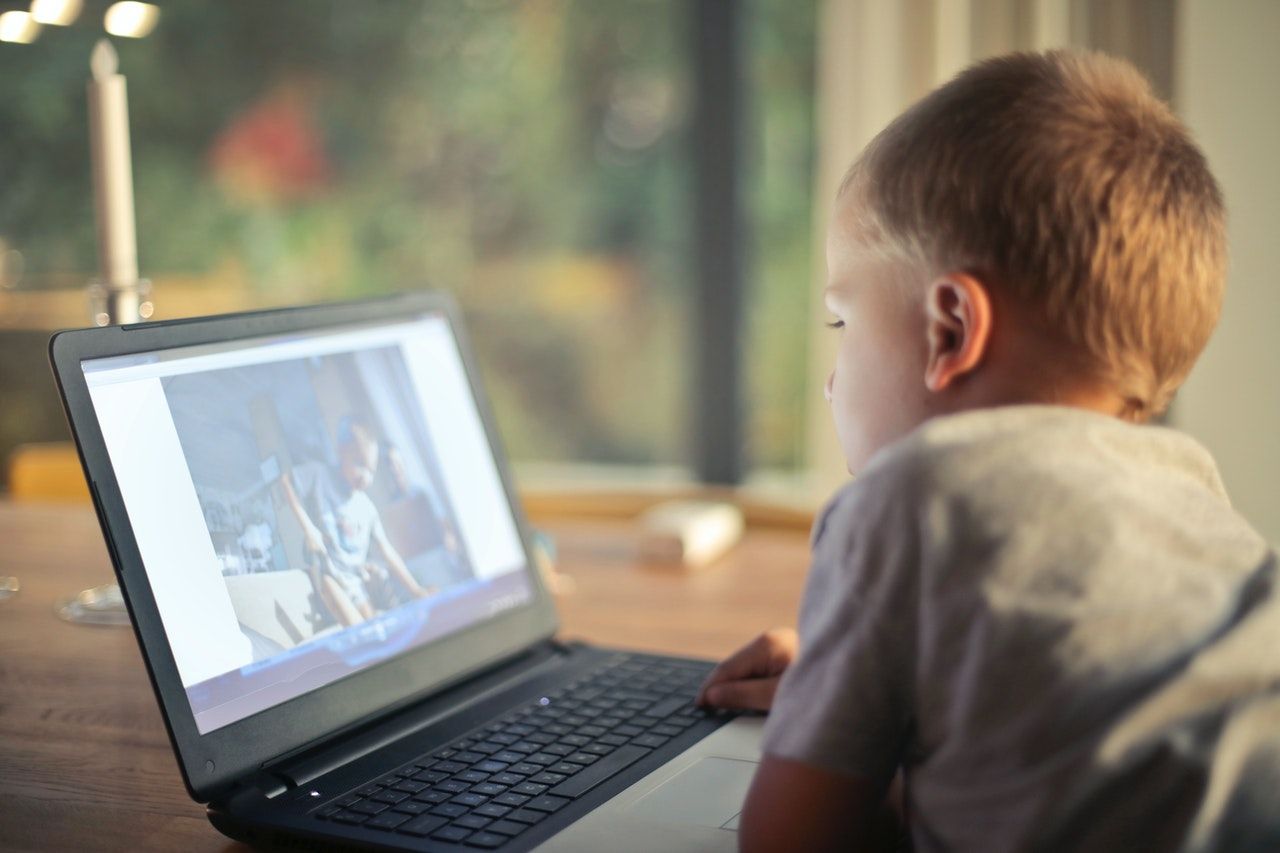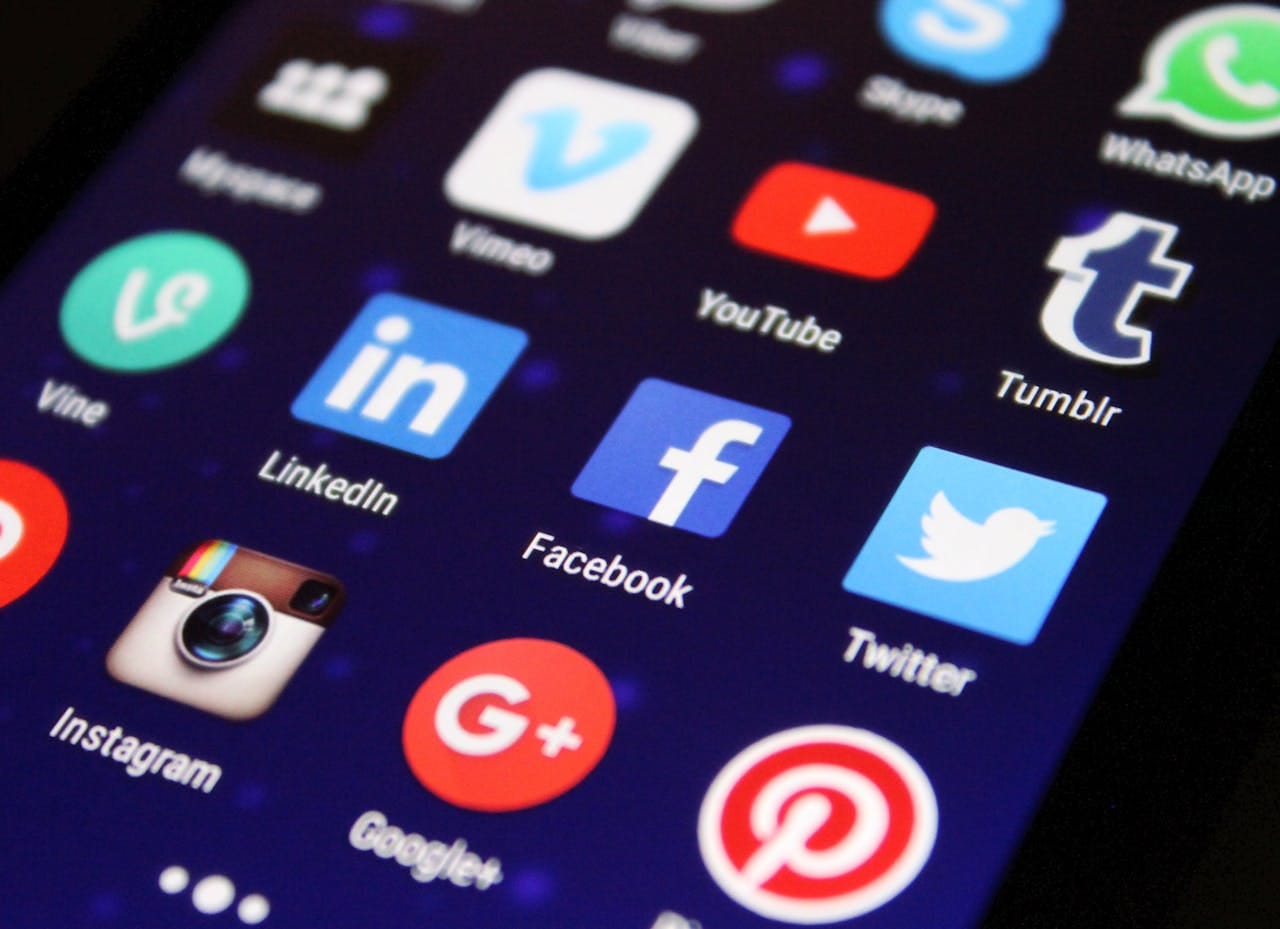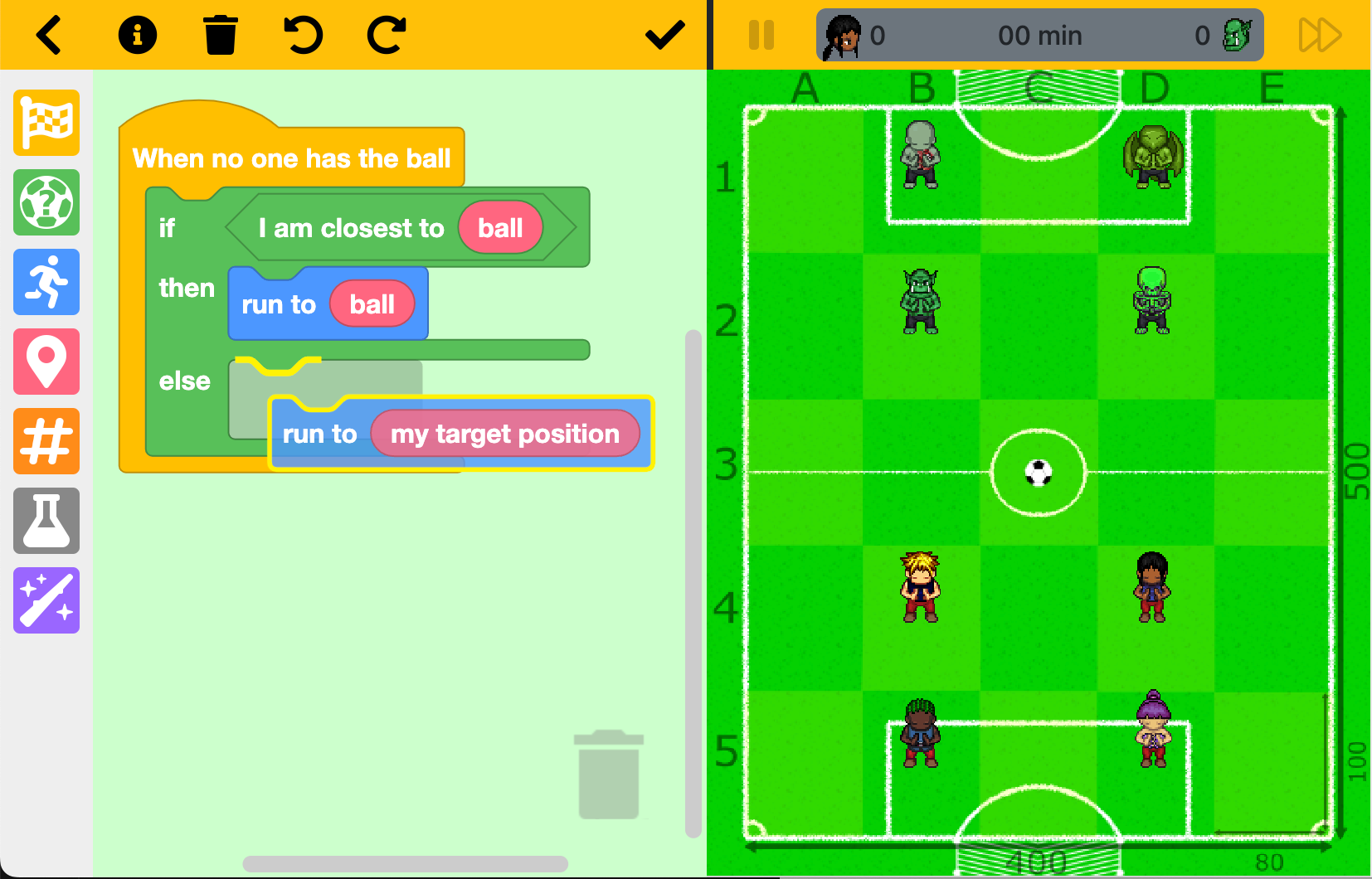Parenting in the Smartphone Era: How I Helped My Child Break Free from Screen Addiction
Parenting in the Smartphone Era: How I Helped My Child Break Free from Screen Addiction
Table of Content
As a doctor and a parent, I've always been cautious about the impact of technology on children—especially when it comes to smartphones. Like many parents, I wanted my child to have a balanced relationship with technology, but reality quickly showed me just how tricky this can be.
It started innocently enough. We bought our child a smartphone for educational purposes and to stay connected. At first, it seemed like a practical decision. The phone was loaded with apps for learning, some puzzles, and even some language practice tools.
But it didn’t take long for the lines to blur. Educational apps soon gave way to endless scrolling on YouTube and quick dopamine hits from games.
I remember one evening when I called my child for dinner. They didn’t even hear me—completely engrossed in the screen, their focus was unshakable. It wasn’t just an isolated moment. Over weeks, I noticed mood swings, difficulty concentrating on homework, and a constant craving for screen time. It was as if the smartphone had become an extension of their hand.
Parenting in the Smartphone Era: How I Helped My Child Break Free from Screen Addiction
As a doctor, I’ve read countless studies on how excessive screen time can affect the developing brain—from disrupted sleep cycles to impaired social skills. But seeing it unfold in my own home was eye-opening. I knew it was time to intervene, but I didn’t want to make technology the enemy. Instead, I decided to focus on balance and awareness.
Here’s what worked for us:
1. Setting Boundaries with Clarity
I realized that vague rules like "limit screen time" weren’t effective. Instead, we set clear rules: no phones during meals, no screens an hour before bedtime, and a maximum of one hour of recreational screen time per day. Surprisingly, this structure gave my child a sense of clarity and predictability.
2. Leading by Example
As a parent, I’m not immune to the lure of my own phone. I made a conscious effort to minimize my screen time in front of my child. If I was reading something important, I’d let them know it wasn’t just mindless scrolling. This transparency helped reinforce the idea that screens can be tools, not distractions.
3. Offering Alternatives
One of the biggest challenges was filling the void left by reduced screen time. We explored outdoor activities, board games, and even simple family walks. To my surprise, my child started looking forward to these moments. They even rediscovered their love for drawing—something that had taken a backseat to the smartphone.


4. Using Technology Wisely
Rather than banning smartphones outright, we curated what was on the device. Apps with educational value stayed, while those designed to be addictive were removed. We also used parental control features to limit app usage and screen time.

5. Encouraging Open Dialogue
Most importantly, we talked about it. I explained why we were making these changes and the potential harms of too much screen time. My child shared their frustrations and, over time, their gratitude for helping them regain control.

6. Creating Tech-Free Zones
We designated certain areas of the house—like the dining room and bedrooms—as tech-free zones. This small change encouraged more meaningful interactions during meals and improved my child’s bedtime routine. It also made the home feel like a place of balance, not constant connectivity.
7. Scheduling Digital Detox Days
Once a week, we’d have a digital detox day. These days became opportunities for creativity and bonding. We baked, went on hikes, or simply read books together. Over time, my child began to look forward to these breaks as a refreshing escape from the digital world.
It wasn’t a quick fix. There were tantrums and setbacks. But gradually, we found a rhythm. My child’s mood improved, they slept better, and their focus returned. More importantly, they learned to approach technology with a sense of moderation and mindfulness—a skill I hope will serve them well into adulthood.
Parenting in the digital age is no easy feat. But with a combination of boundaries, communication, and a willingness to adapt, it’s possible to help our children develop a healthier relationship with technology. For us, it’s been a journey of learning and unlearning—and one that’s far from over.

The Loop of Game Addiction: A Tale of Turkey and Beyond
In Turkey, I’ve seen firsthand how some of the government’s attempts to regulate digital platforms, like blocking Discord, can both help and hinder. While these measures aim to reduce children’s exposure to potentially harmful content, they’ve also pushed kids towards other platforms or games—often falling into an endless loop of addiction.
Games like Minecraft and Roblox are two major examples. At first glance, these games appear harmless. Minecraft is often marketed as a tool for creativity and education, while Roblox claims to be a community-driven platform. But the deeper you go, the more you realize their addictive nature. Both games are designed with open-ended goals, which means there’s no natural stopping point. Couple this with constant updates, in-game purchases, and the social element of multiplayer gaming, and it becomes a recipe for endless engagement.
My own child was drawn into this loop. "Just five more minutes" became a regular plea, and often, it wasn’t about building or creating—it was about staying online with friends or chasing the next reward. While the games themselves aren’t inherently bad, their design can make it hard for kids to self-regulate.
As a parent, I knew banning these games outright would only create resentment. Instead, we approached it with a mix of education and limits. We talked about how games are designed to keep players hooked and emphasized the importance of setting time boundaries. We also explored alternative ways to engage socially, like inviting friends over for non-digital activities.
Ultimately, it’s about balance and understanding. Yes, these games can be fun and even educational, but unchecked, they can dominate a child’s time and attention. By addressing the root of the addiction and offering healthier alternatives, we were able to break the cycle without completely cutting off access to what they loved.
It wasn’t a quick fix. There were tantrums and setbacks. But gradually, we found a rhythm. My child’s mood improved, they slept better, and their focus returned. More importantly, they learned to approach technology with a sense of moderation and mindfulness—a skill I hope will serve them well into adulthood.
Parenting in the digital age is no easy feat. But with a combination of boundaries, communication, and a willingness to adapt, it’s possible to help our children develop a healthier relationship with technology. For us, it’s been a journey of learning and unlearning—and one that’s far from over.
















